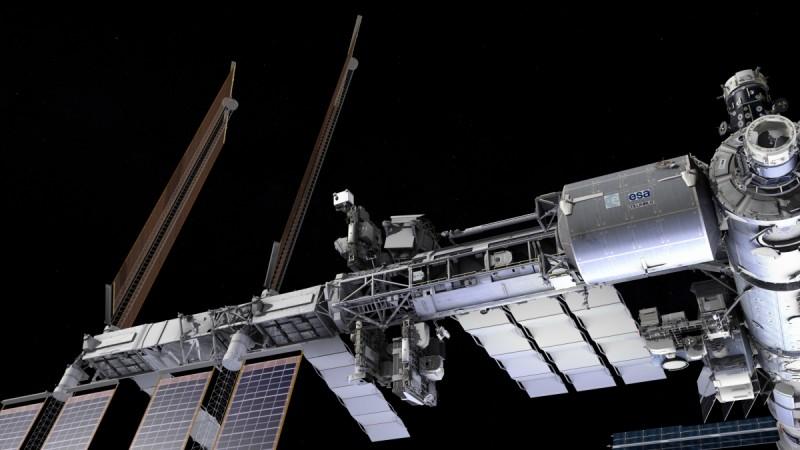![Gamma-ray flares from SGR J1550-5418 may have arisen when the magnetar's surface suddenly cracked, releasing energy stored within its powerful magnetic field. A magnetar is a neutron star with a super-strong magnetic field. [Representational image] nasa, neutron star, space, exploration, NICER,](https://data1.ibtimes.co.in/en/full/649182/nasa-neutron-star-space-exploration-nicer.jpg?h=450&l=50&t=40)
NASA will soon launch a pioneering mission to investigate rapidly spinning neutron stars which are defined as the "densest objects in the universe".
Also Read: NASA's Curiosity rover: Ancient Martian lake might have supported life
This discovery is taking place half-a-decade after British astrophysicist Jocelyn Bell discovered the existence of rapidly spinning neutron stars.
This breakthrough navigation by NASA would also carry out the first-ever demonstration of X-ray navigation in space.

NASA would carry out a mission to investigate the mysteries about the neutron stars by launching launch the two-in-one Neutron Star Interior Composition Explorer (NICER) aboard SpaceX CRS-11, a cargo resupply mission to the International Space Station (ISS) to be launched aboard a Falcon 9 rocket on Saturday (June 3).
Earlier, the launch was going to take place n June 1, but it was postponed due to poor weather conditions.
The radiance of the neutron star is found to blink because of its sweeping beams of radiations. The neutrons have become a topic of interest since they were detected and discovered in 1939 and 1967, respectively. These celestial objects are the remains of huge stars that got exhausted on their nuclear fuel, after which exploded and collapsed into small and ultra-dense spheres.
Their intense gravity crushes an astonishing amount of matter — often more than 1.4 times the content of the sun or at least 460,000 Earths — into these city-sized orbs, creating stable, yet incredibly dense matter not seen anywhere else in the universe. Just one teaspoonful of neutron star matter would weigh a billion tons on Earth, a NASA statement revealed.
"The nature of matter under these conditions is a decades-old unsolved problem," said Keith Gendreau, a scientist at NASA's Goddard Space Flight Centre in the US.
"Theory has advanced a host of models to describe the physics governing the interiors of neutron stars. With NICER, we can finally test these theories with precise observations," Gendreau added.
Though the neutron star emits the radiation across the spectrum, analysing them in the energetic X-ray band provides the best insights into their structure and the high-energy phenomena which they host which include starquakes, thermo-nuclear explosions and the most powerful magnetic fields known in the cosmos.
Just one teaspoonful of neutron star matter would weigh a billion tonnes on Earth.
"The nature of matter under these conditions is a decades-old unsolved problem," Gendreau said.
"Theory has advanced a host of models to describe the physics governing the interiors of neutron stars. With NICER, we can finally test these theories with precise observations," Gendreau said.
During its 18-month mission, NICER will collect X-rays generated from the stars' tremendously strong magnetic fields and from hotspots located at their two magnetic poles.
At these locations, the objects' intense magnetic fields emerge from their surfaces and particles trapped within these fields rain down and generate X-rays when they strike the stars' surfaces.
In pulsars, these flowing particles emit powerful beams of radiation from the vicinity of the magnetic poles. On Earth, these beams of radiation are observed as flashes of radiation ranging from seconds to milliseconds depending on how fast the pulsar rotates, the NASA statement revealed.

















